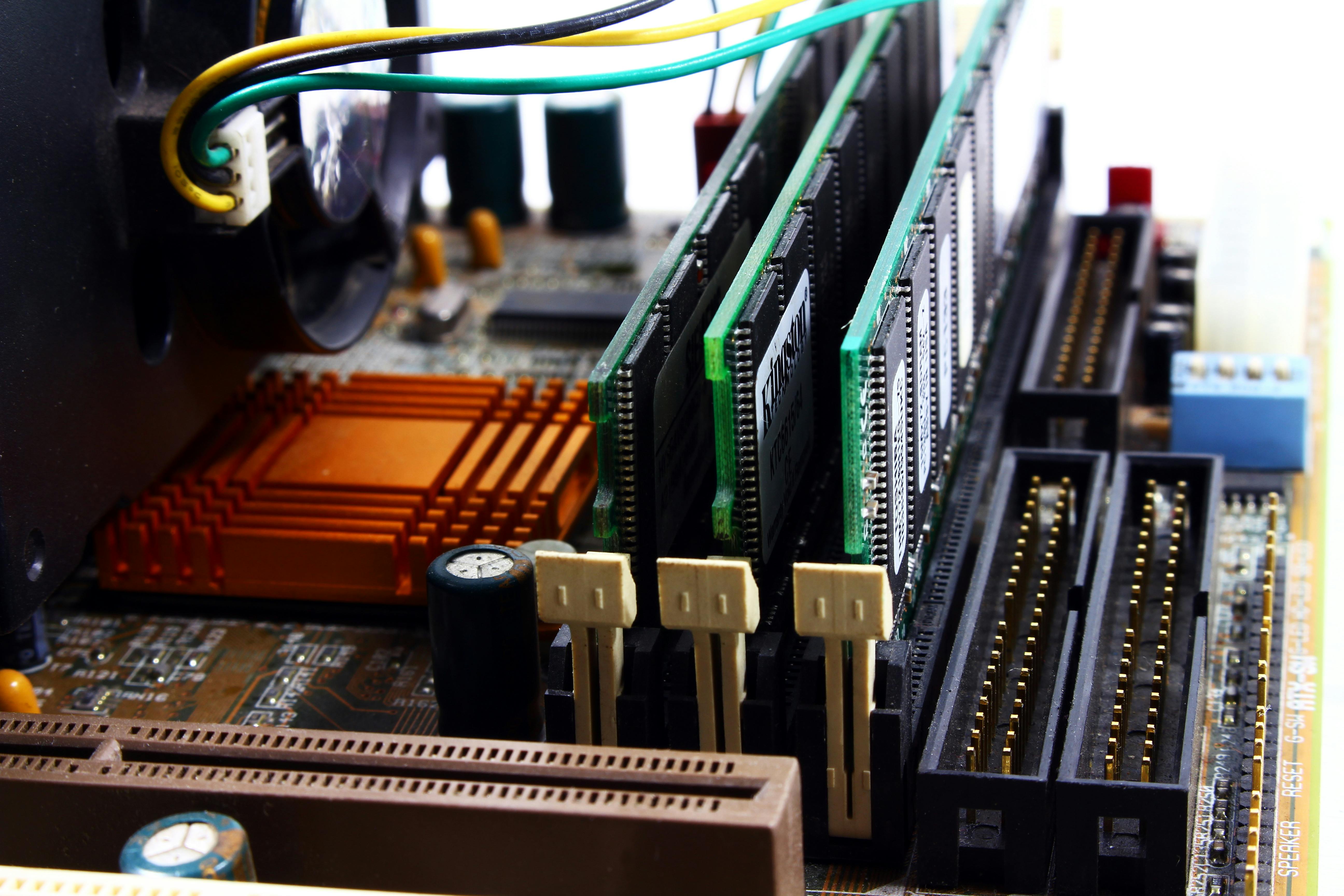💻 What Happens When You Press the Power Button?
The magical journey from a dead machine to a fully functional computer in under a minute. Let's explore the incredible hidden process that brings your device to life.

You press the power button, and within seconds, your computer springs to life. But have you ever wondered about the incredible chain reaction that happens between that click and seeing your desktop? It's a sophisticated dance of hardware and software that's nothing short of engineering magic.
Let's break down this complex process into simple, understandable steps.
The Boot Process: A Millisecond-by-Millisecond Journey
Stage 1: Power On & Hardware Check (0-1 Second)
The moment you press the button:
- Electricity flows from the power supply to all components
- The CPU wakes up and looks for the BIOS/UEFI firmware
- POST (Power-On Self-Test) runs - checking RAM, storage, and essential hardware
- You might hear a single beep (success!) or different beeps (error codes)
Stage 2: BIOS/UEFI Initialization (1-3 Seconds)
The computer's "basic instincts" kick in:
- BIOS (Basic Input/Output System) or UEFI (Unified Extensible Firmware Interface) takes control
- Detects and initializes all hardware components
- Checks the boot order (HDD, SSD, USB, Network)
- Looks for a bootable device with an operating system
Stage 3: Bootloader Execution (3-5 Seconds)
The handoff to the operating system begins:
- BIOS/UEFI finds the bootloader on your storage device
- Windows: Windows Boot Manager takes over
- Linux: GRUB (Grand Unified Bootloader) loads
- macOS: boot.efi handles the process
- The bootloader prepares to load the operating system kernel
Stage 4: OS Kernel Loading (5-15 Seconds)
The brain of the operating system wakes up:
- The kernel - core of the OS - loads into memory
- Essential drivers for hardware are initialized
- Memory management and process scheduling begin
- System services and background processes start
- You might see your OS logo at this point
Stage 5: User Interface & Login (15-30 Seconds)
Your computer becomes "yours":
- The login screen or desktop appears
- Startup programs and services launch
- Network connections are established
- Your personal settings and preferences load
- You're ready to work!
⏱️ The Boot Process Timeline
🤯 Boot Process Fun Facts
- ✅ Cold boot vs warm boot - restarting skips some steps!
- ✅ SSDs can boot 3-5x faster than HDDs
- ✅ The first BIOS was developed in 1975
- ✅ UEFI is the modern replacement for BIOS
- ✅ Fast Startup in Windows uses a hybrid shutdown
- ✅ Some supercomputers take hours to boot!
- ✅ The term "boot" comes from "bootstrap"
- ✅ Your computer checks itself 100+ times before showing the desktop
🔧 When Boot Fails: Common Issues
Understanding the boot process helps troubleshoot problems:
- No power: Check cables, power supply, outlet
- Beep codes: Hardware failure - consult motherboard manual
- BIOS/UEFI not found: Motherboard battery or firmware issue
- Boot device not found: Check drive connections and boot order
- OS loading fails: Corrupted system files or drive failure
The Miracle of Modern Computing
What seems like a simple button press triggers an incredibly complex sequence of events. From hardware checks to loading your personalized desktop, the boot process is a masterpiece of computer engineering that happens seamlessly billions of times every day around the world.
Did you learn something new about the boot process? Have you ever encountered boot issues? Share your experiences and questions in the comments below! 👇
The magic continues every time you power on! ⚡



No comments:
Post a Comment